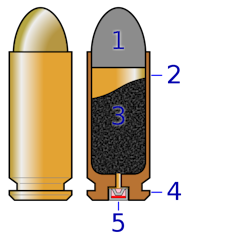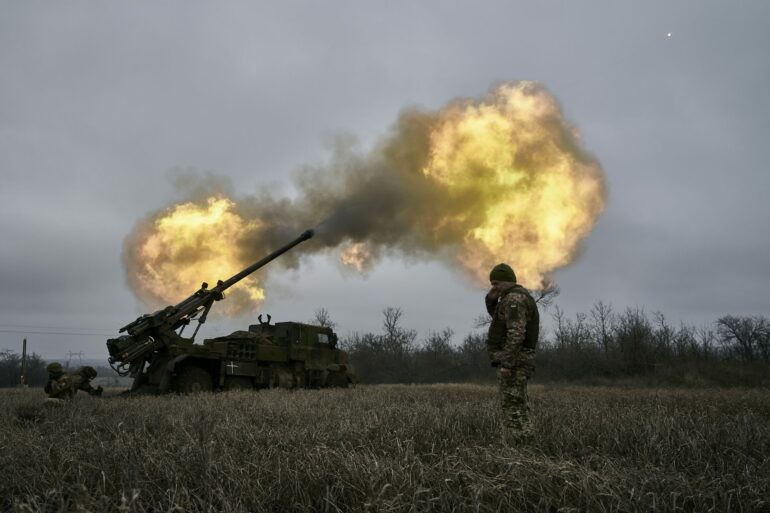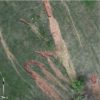When the force of a blast shoots a round out of a large-caliber rifle, howitzer or M1 Abrams tank gun, the teams of people operating these weapons are exposed to low-level blasts that can cause traumatic brain injuries.
Low-level blasts do not cause visible trauma, such as bleeding from ruptured eardrums, and they don’t cause injury through violent head motion, such as a concussion. Yet, these blasts can cause physical changes in the brain that lead to a host of neuropsychiatric symptoms.
The link between the force of a blast and the resulting changes in the brain is not completely understood. So our team of engineers and scientists in the PANTHER program, funded by the Department of Defense, is using physics to elucidate how blasts cause traumatic brain injury.
What is a blast?
When a weapon like a rifle is fired, the round is initially in its barrel. Pulling the trigger engages a primer that produces a flame, igniting the propellant. This chemical reaction releases stored energy and creates high-pressure, rapidly expanding gas. This is the blast.
The rate and magnitude of gas expansion are often so extreme that they create a shock wave, where high-pressure air molecules travel outward faster than the speed of sound. This invisible pulse of high pressure carries a tremendous amount of energy. It’s the same force that can propel a 24-pound warhead out of the muzzle of a howitzer to hit a target 19 miles (30.6 kilometers) away.

This cross-section shows: 1. bullet; 2. case; 3. gunpowder; 4. rim; and 5. primer.
Glrx/Quadrell via Wikimedia Commons, CC BY-SA
After the blast leaves the gun’s muzzle, it dissipates quickly because it is free to expand in the open air. This is when the high pressure washes over the bodies of nearby people.
The blast from the muzzle of a large gun like the M777 howitzer does not pulverize rocks or knock someone off their feet. But some of the blast pressure enters the body, passing through the skin and rigid skull bone and into the soft tissue of the brain.
Linking blast to brain injury
As blast pressure enters the brain, it is initially compressive, meaning it squeezes the tissue equally from all sides. Because brain tissue is largely composed of water molecules, which are difficult to compress, this type of pressure tends to cause little known harm to cells.
An initially compressive wave, or positive pressure wave, that squeezes brain tissue changes when it bounces off the inside of the skull. It is reflected as a tensile wave, or negative pressure wave, which tends to pull brain tissue apart. With low enough pressures, micron-sized bubbles can form in a process called cavitation. These bubbles can grow 10 to 50 times their initial size over the course of less than a tenth of a millisecond, rapidly stretching the adjacent brain tissue.
Experiments from our lab have shown that the deformation caused by cavitation bubbles happens so rapidly – like the…



